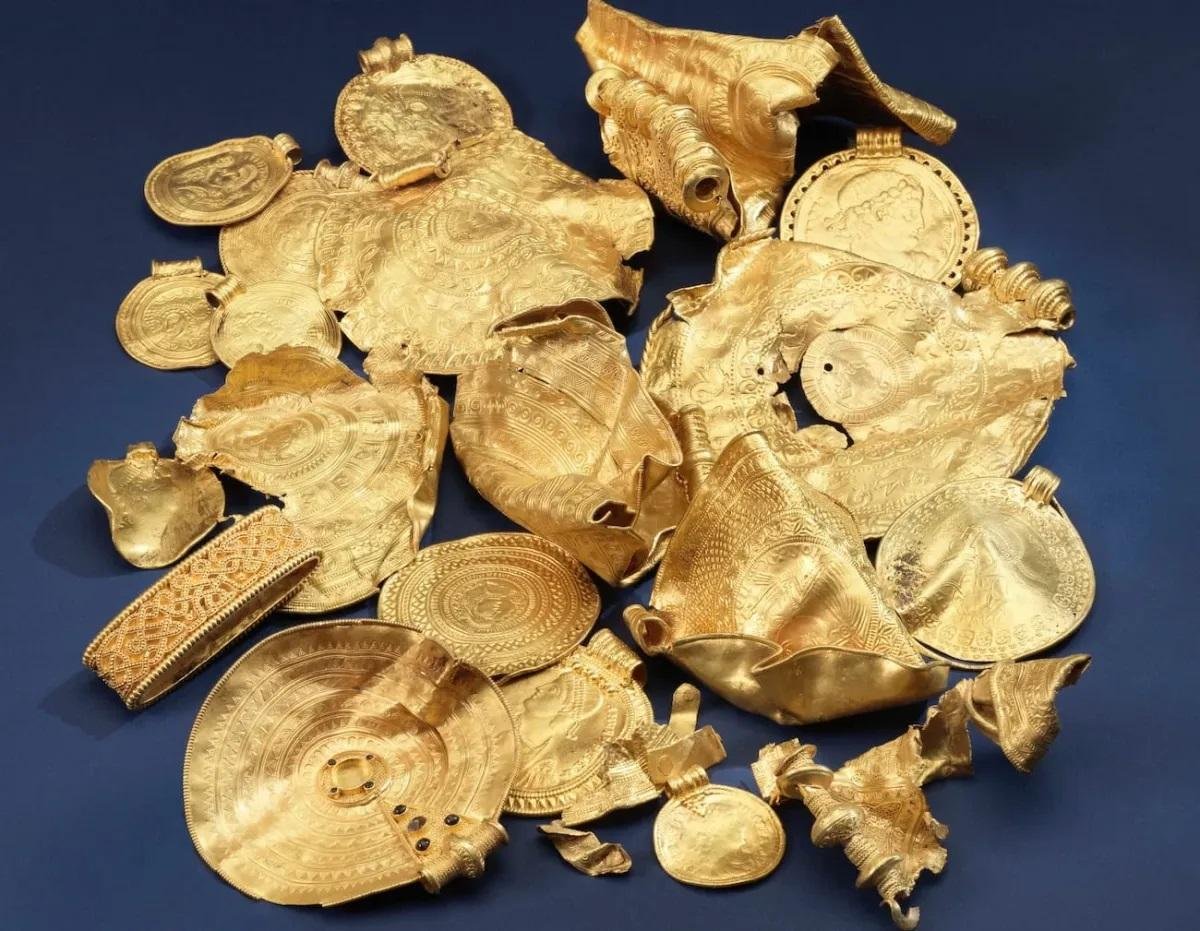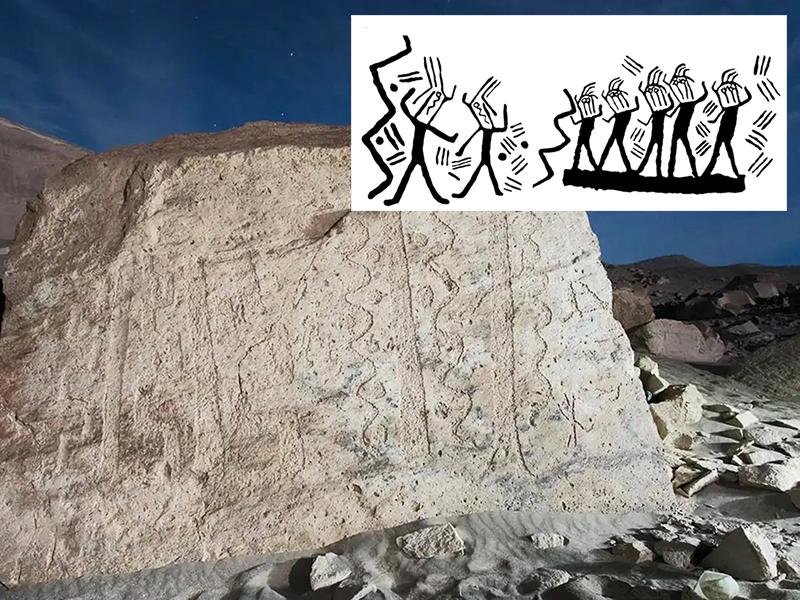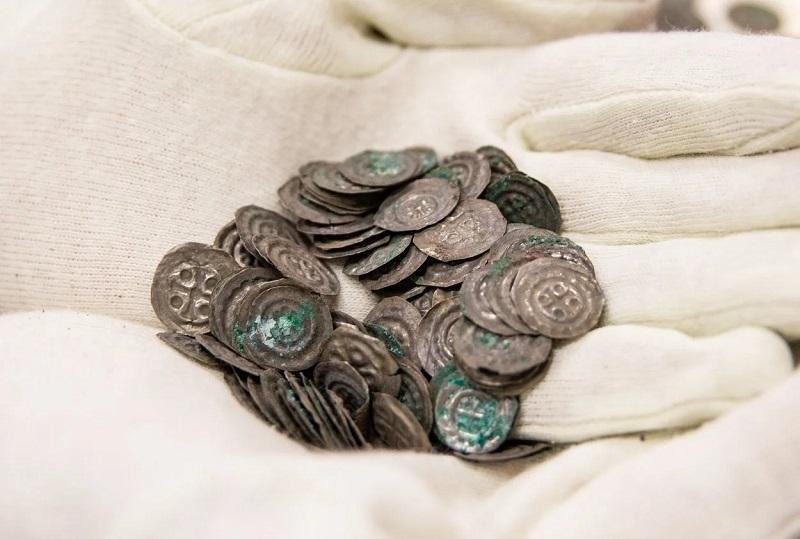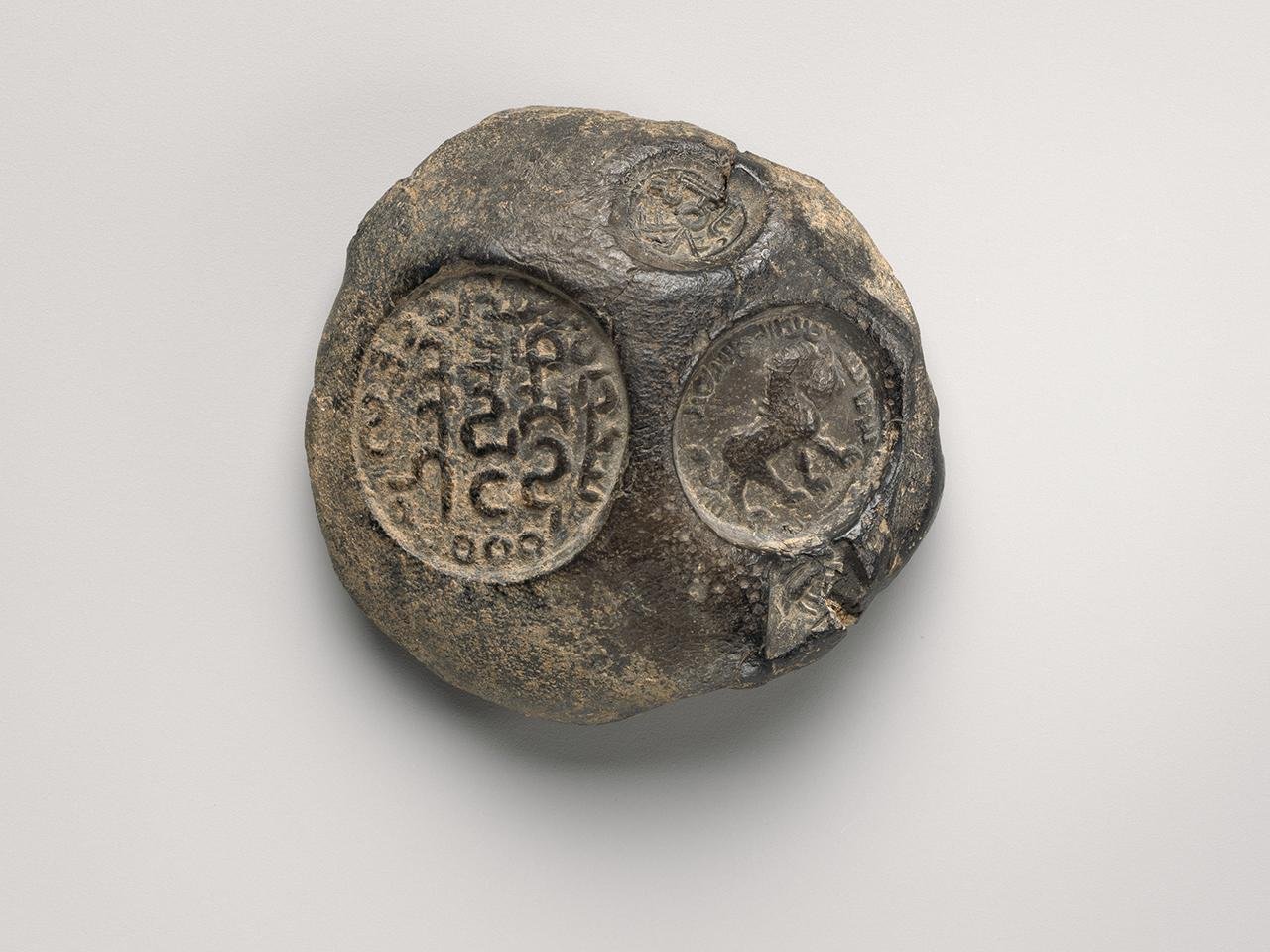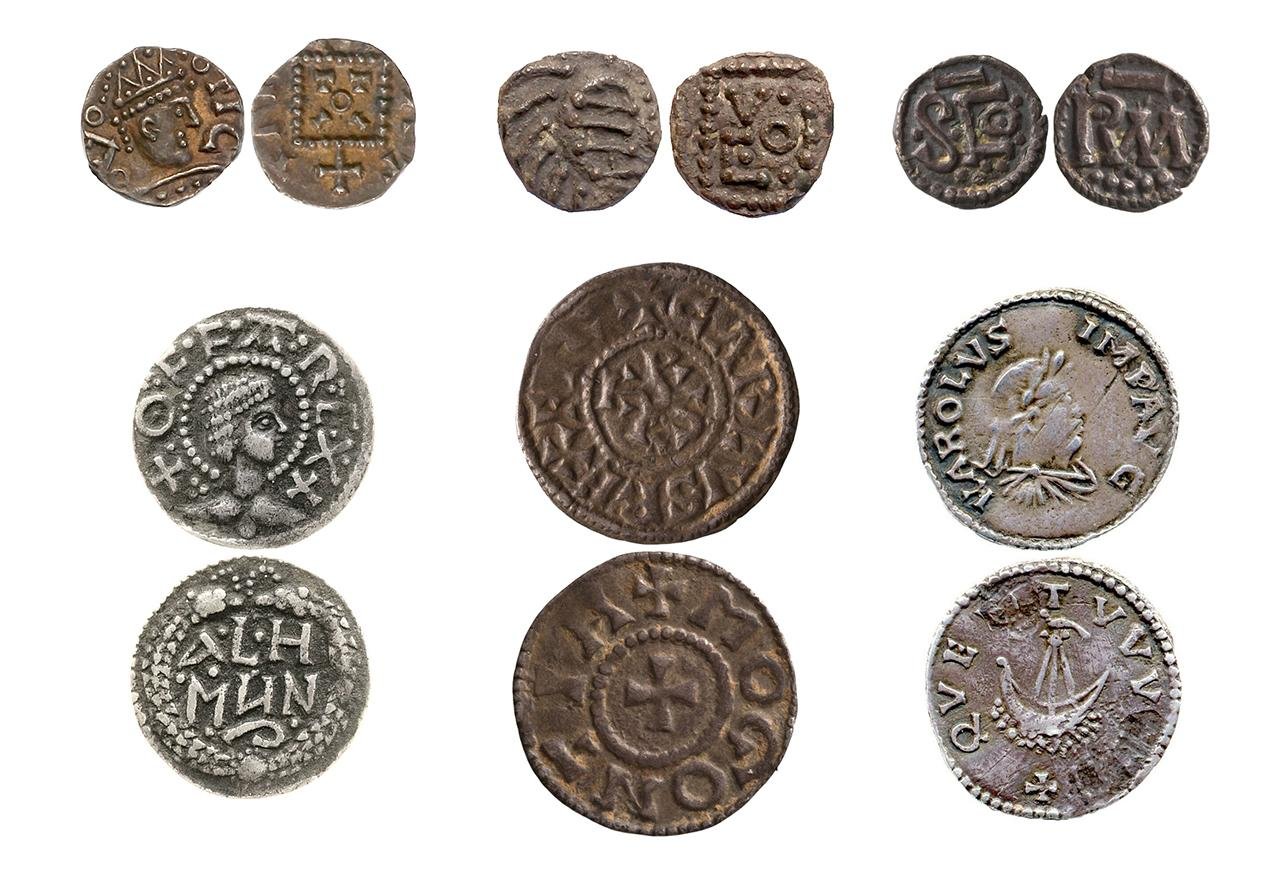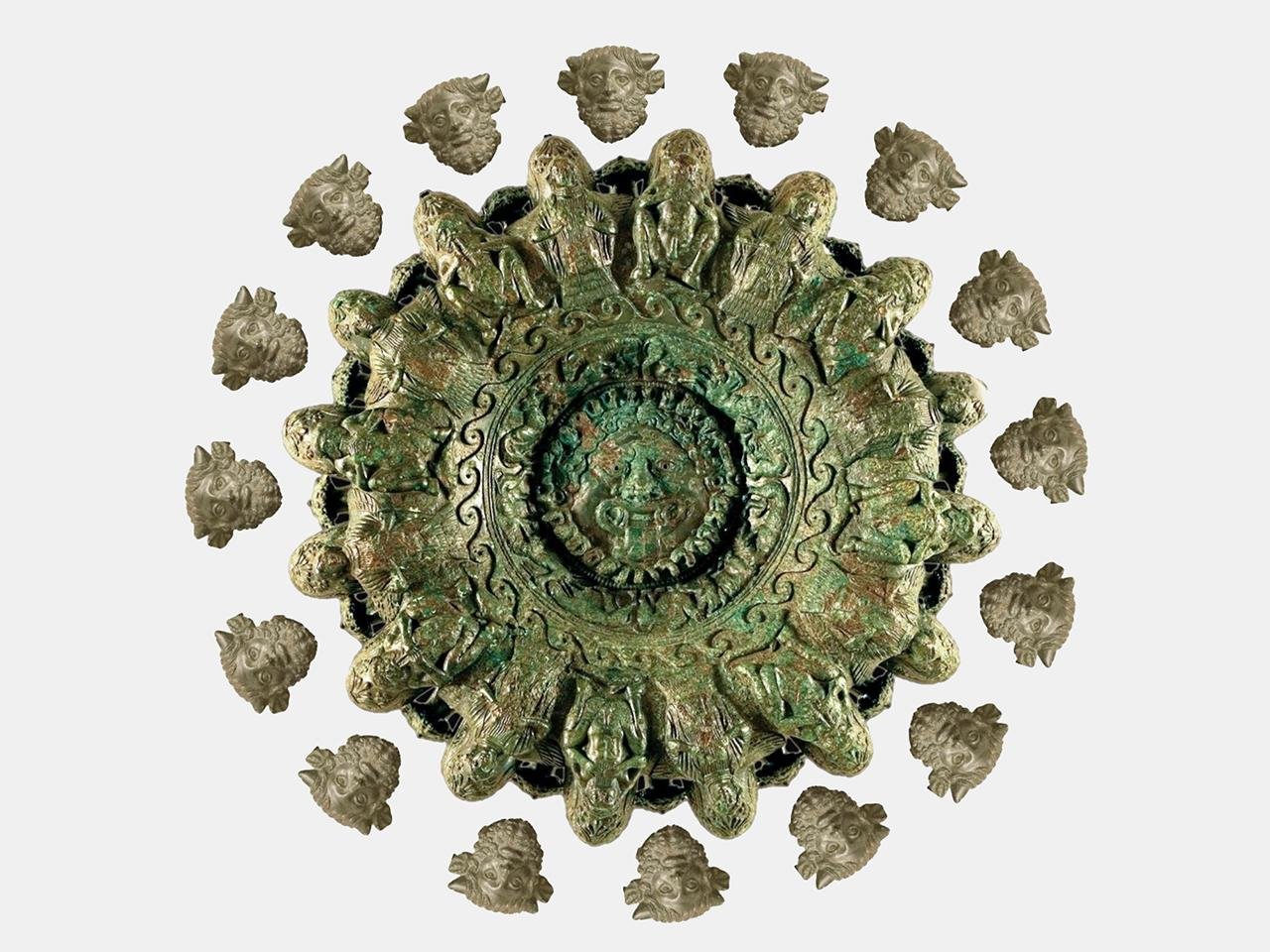Archaeologists from Egypt’s Ministry of Tourism and Antiquities have uncovered an extraordinary collection of artifacts during recent excavations at Tel El-Dir, a burial complex located in Egypt’s Damietta Governorate.
This site, known for its significance during the 26th Dynasty (664 BCE to 525 BCE) and the Ptolemaic era (304 BCE to 30 BCE), has revealed a wealth of historical treasures, including 63 mudbrick tombs and various simple burials.
The team unearthed an array of artifacts, including gold foils depicting deities such as Isis, Bastet, and Horus, as well as foils shaped like protective symbols and tongues, which were believed to enable the deceased to speak before the court of Osiris in the afterlife.
These gold foils are notable for their craftsmanship and the variety of materials used. The excavation also revealed numerous funerary offerings, such as amulets, Ushabti statues, figurines, coins, and a mirror, further illustrating the burial customs of the 26th Dynasty.
Dr. Mohamed Ismail Khaled, Secretary-General of the Supreme Council of Antiquities, highlighted the architectural planning of the discovered tombs as typical of the Late Period. He emphasized that these findings could lead to a reevaluation of the history of Damietta, a city that played a crucial commercial role throughout various historical eras.
Among the artifacts, researchers found a ceramic vessel containing 38 bronze coins from the Ptolemaic era (304 to 30 BCE). These coins, engraved with the head of Zeus Ammon—a combination of the Greek god Zeus and the Egyptian god Amun—date to the late third century BCE.
Thomas Faucher, director of the Center for Alexandrian Studies in Egypt, noted that these coins might have been buried during a large-scale revolt against the Ptolemaic dynasty around 206 BCE. This period of political turmoil saw many hoards being buried, and these coins provide a glimpse into the region’s history during that time.
The discovery also includes a collection of both imported and locally-made ceramic vessels, shedding light on the trade exchanges between Damietta and Mediterranean coastal cities. Dr. Ayman Ashmawy, Head of the Egyptian Antiquities Sector, pointed out that these findings highlight Damietta’s role as a strategic commercial center during different historical periods. The combination of local and imported elements in the artifacts demonstrates the city’s rich commercial and cultural interactions with other regions.
Ministry of Tourism and Antiquities
